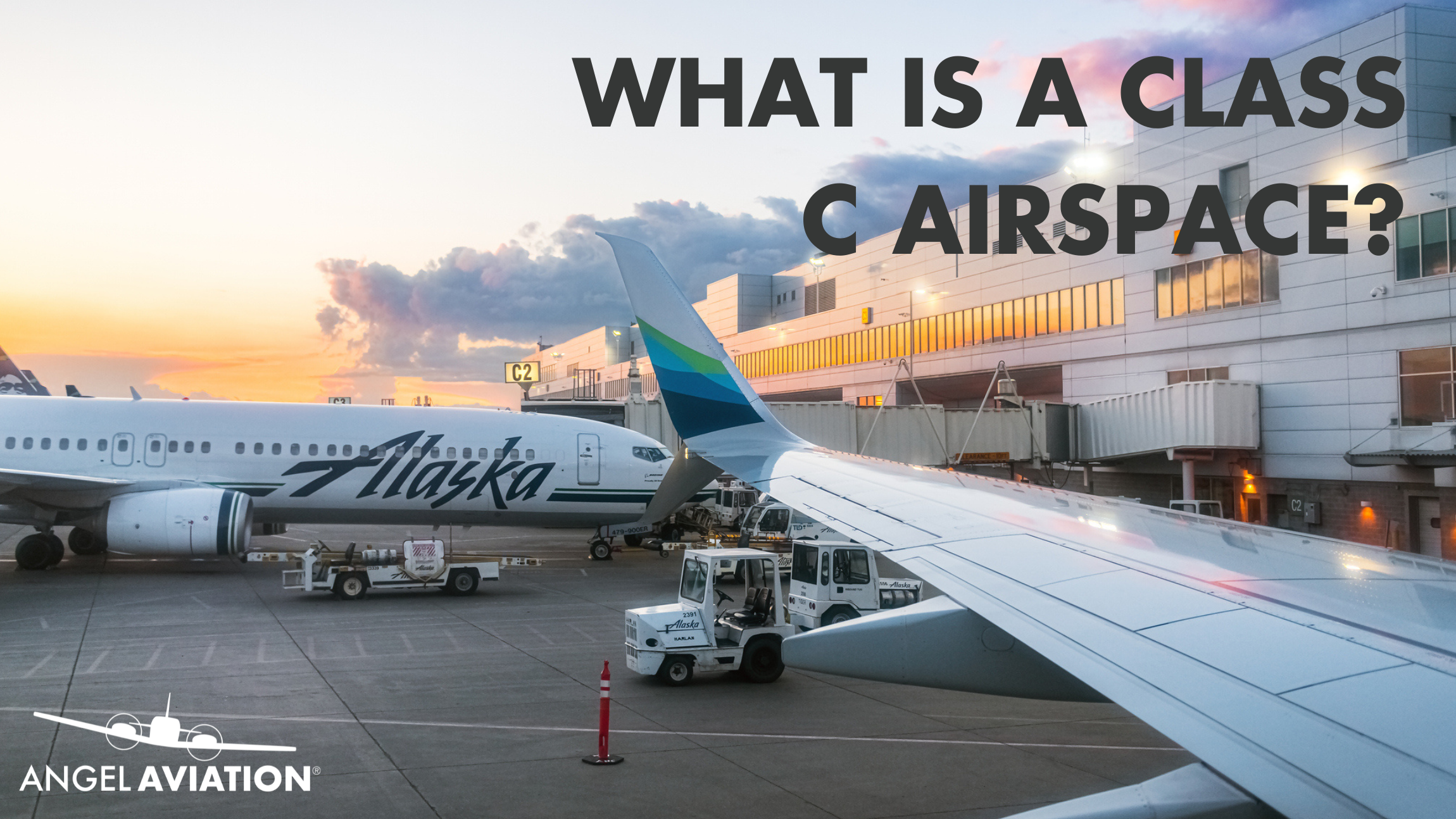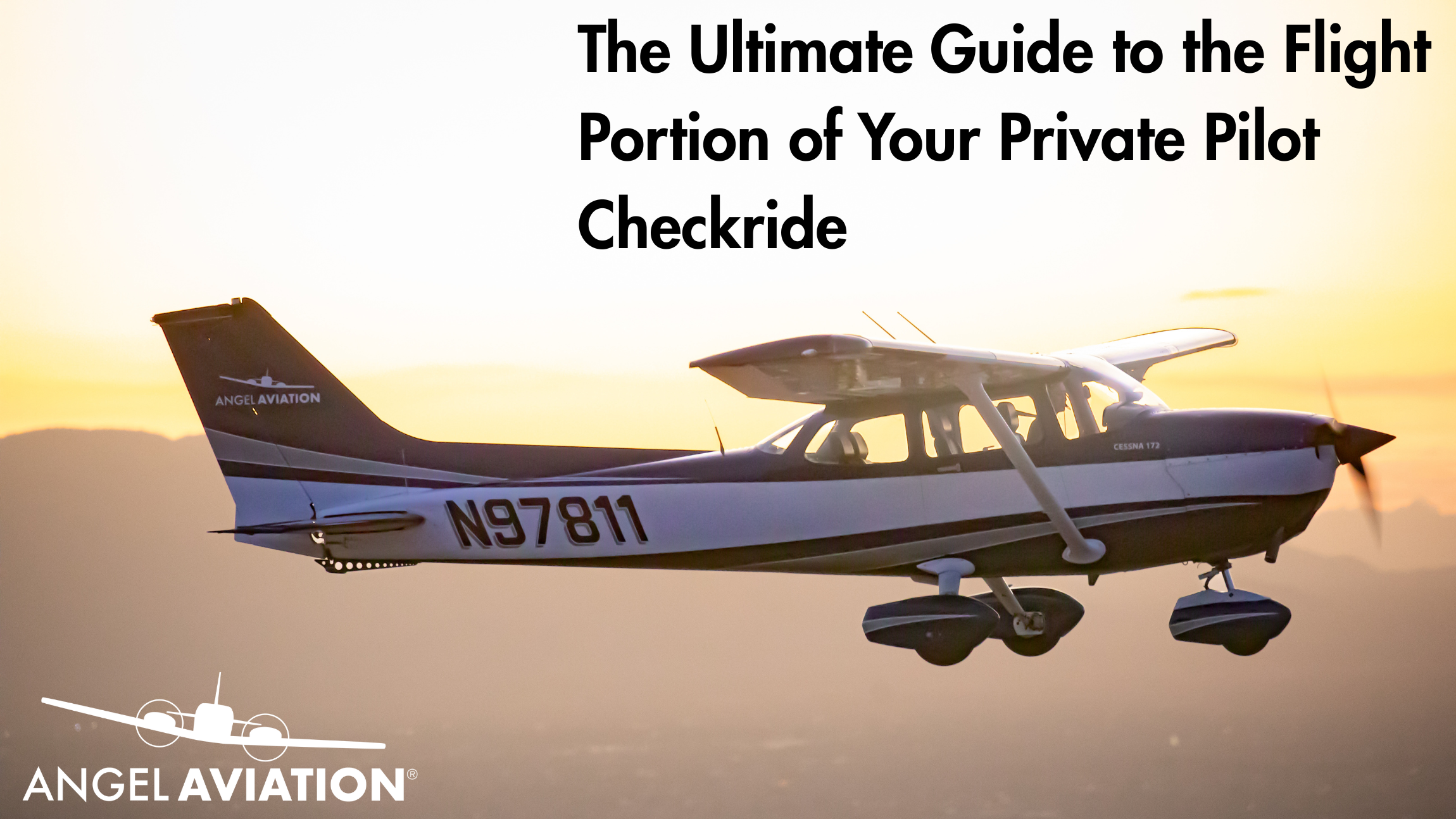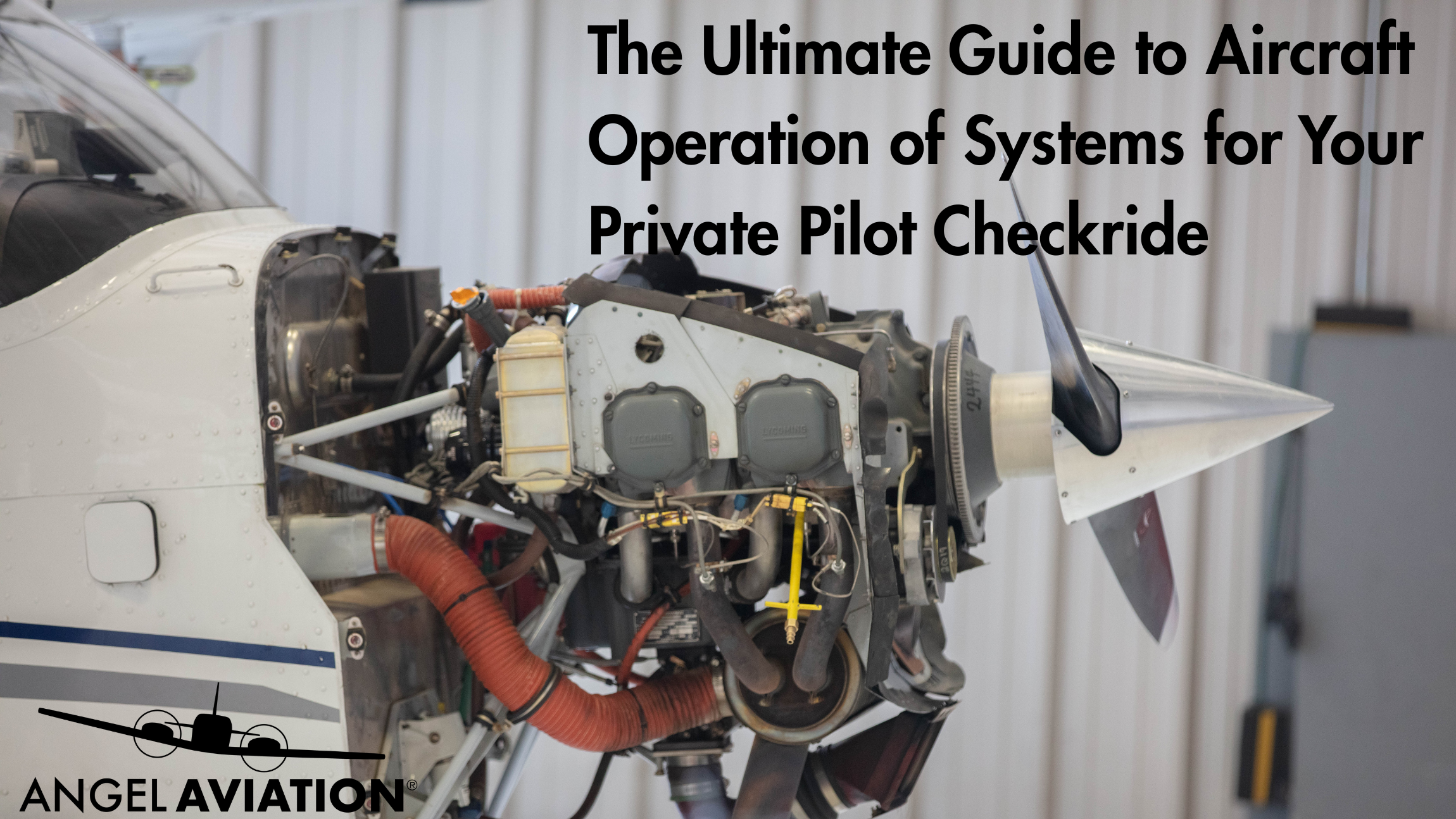As a student pilot, you may encounter Class C airspace on cross-country flights. Understanding how to operate in Class C is essential for developing strong communication and navigation skills. Let’s dive in!
Defining Class C Airspace
Class C airspace surrounds medium-sized airports with moderate commercial traffic. It typically extends from the surface to 4,000 feet above airport elevation and has a two-tiered structure, resembling an upside-down wedding cake.
Who Uses Class C Airspace?
Class C airspace is home to regional airlines, corporate aircraft, and general aviation flights. While it’s not as busy as Class B, it still requires pilots to follow controlled airspace procedures.
Key Requirements for Flying in Class C Airspace
- Two-Way Radio Communication: Pilots must establish two-way communication with ATC before entering.
- Mode C Transponder Required: Aircraft must have a transponder that transmits altitude data.
- No Special Endorsements Needed: Unlike Class B, student pilots do not need an endorsement to operate in Class C airspace.
Why Does Class C Airspace Exist?
Class C ensures safe separation between commercial and general aviation traffic. It provides a balance between accessibility and controlled airspace regulations.
Can Student Pilots Fly in Class C Airspace?
Absolutely! As long as two-way communication is established and the aircraft has the proper equipment, student pilots can operate in Class C airspace without special endorsements.
Final Thoughts
Class C airspace is a great place to build confidence in radio communication and airspace navigation. At Angel Aviation, we train pilots to handle all types of controlled airspace with ease. Book your next flight lesson today!






Leave A Comment